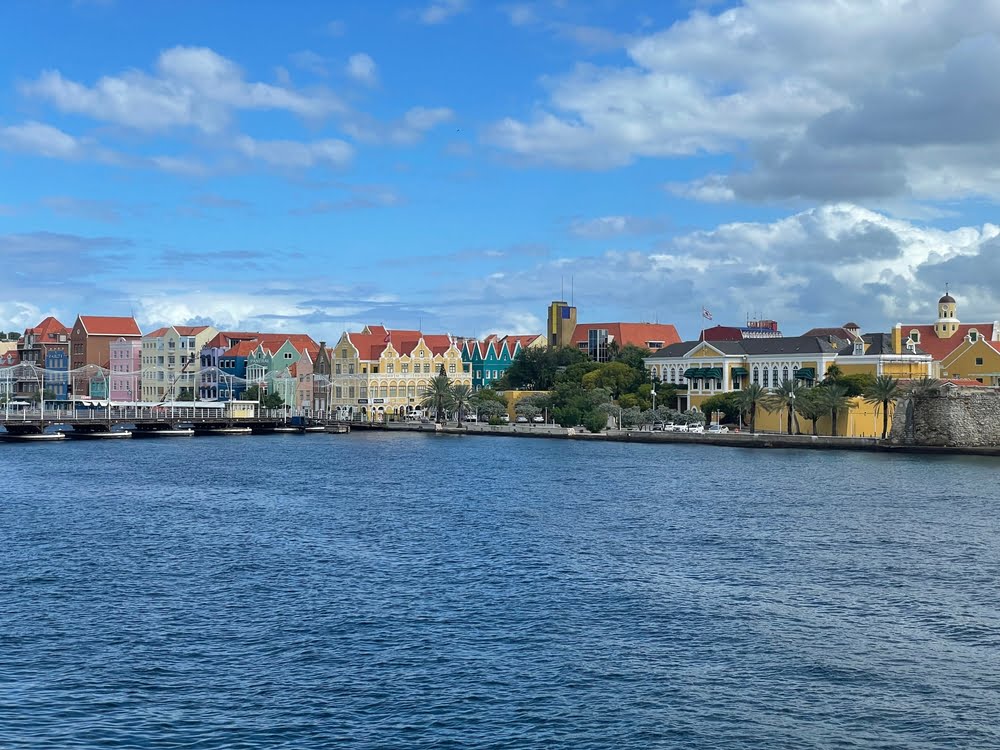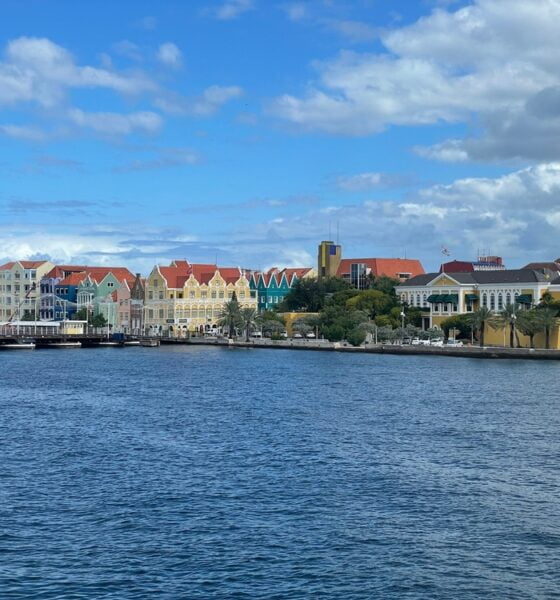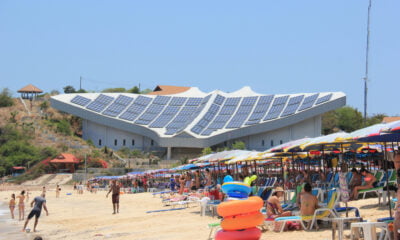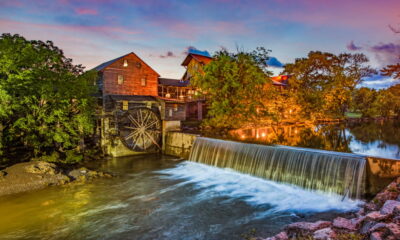

Travel
Unlocking the Past: Tracing the Rich History of Curaçao
More people are interested in sustainability in 2023. One of the biggest ways that people are trying to lower their environmental footprint is by practicing eco-tourism.
The eco-tourism sector has exploded as a result. The World Economic Forum reports that 76% of people want more sustainable options when traveling.
People are also taking sustainability into consideration when traveling. This includes seeking tourist locations closer to home and prioritizing visiting places that have a lot of eco-friendly activities.
Curaçao is an Excellent Place to Visit as an Eco-Tourist
The sunny island of Curaçao isn’t just about beaches and bright colors. It has a fascinating history that goes back many years. In this article, we’ll take a journey through time to discover the different stories that have made Curaçao what it is today.
Curaçao is a great place to visit if you care about sustainability. The island recently started pledging to be more sustainable and currently meets 30% of its energy requirement through renewable energy sources.
In addition to its focus on sustainable energy, there are other reasons that eco-friendly travelers should consider going to Curaçao. The area also has a great activities that don’t harm the planet. Keep reading to learn more. It is as easy to be an eco-friendly tourism there as it is in Germany.
We’ll explore the old buildings and special places on the island that tell us about its past. We’ll also talk about why Curaçao has been important for ships and the people who help them, like ship agencies. You can enjoy all of these activities and venues without harming the planet in the process.
1. Colonial Origins
Curaçao’s history is deeply intertwined with its colonial origins. The island was discovered by the Spanish in the early 16th century, but it was the Dutch West India Company that established a lasting presence in the mid-17th century. This marked the beginning of Curaçao’s colonial period under Dutch rule. One significant chapter of Curaçao’s history during this period was the establishment of plantations. These plantations were designed for cultivating crops, such as sugarcane and indigo, and would later include other goods like aloe and salt. The legacy of this period is visible in the architecture and culture of the island, making it a fascinating place to explore for history enthusiasts.
2. Cultural Diversity
Curaçao’s cultural diversity is a defining feature of the island. Over centuries, it has been influenced by a blend of African, European, and Indigenous cultures. This rich cultural tapestry is reflected in the island’s language, Papiamento, a creole language that draws from multiple linguistic traditions. Beyond language, the island’s music, dance, and cuisine also bear the imprints of these cultural influences. Curaçaoan music is a lively fusion of rhythms and melodies, and you can’t help but tap your feet to the beat of the tambu or sway to the sensual sounds of the tumba.
The culinary scene on Curaçao is just as diverse as its population. You can savor Dutch-influenced dishes, Creole flavors, and even Indonesian and Chinese cuisine. The melting pot of culinary influences has resulted in a tantalizing array of dishes that cater to every palate.
The island’s vibrant and diverse population continues to celebrate its heritage, making it a unique and welcoming destination for visitors.
3. Historical Landmarks
Curaçao is a living history book, with each page turned revealing another chapter in the island’s captivating story.
One such landmark is Fort Amsterdam, which served as a Dutch stronghold and administrative center during the colonial era Today, it stands as a testament to Curaçao’s colonial heritage.
But Curaçao offers more than just fortresses. Its landscape is adorned with plantation houses, or “Landhuizen,” that speak to the island’s history of agriculture and commerce. These grand, old estates, like Landhuis Knip and Landhuis Brievengat, are like time machines. They transport you back to a time when sugar, indigo, and aloe were some of the island’s primary exports.
Curaçao’s historical landmarks are not just relics of the past; they are living witnesses to the island’s transformation from a colonial outpost to a vibrant, culturally rich destination. They provide a tangible connection to the past and offer an opportunity to immerse oneself in the island’s captivating history.
4. Strategic Importance
Curaçao’s strategic importance in the Caribbean has not only been geopolitical but also commercial. Its deep, natural harbors made it a crucial port of call for ships during the colonial era and beyond. The island’s strategic location facilitated trade routes and naval operations.
Moreover, in the modern context, Curaçao’s maritime significance extends to its role as a hub for ship agency services. These services include vessel support, cargo handling, spare parts delivery and logistical assistance, making Curaçao a key player in the maritime industry, supporting both local and international shipping.
5. Curaçao Today
Today, Curaçao is a vibrant island that beautifully blends its rich history with a modern, diverse, and dynamic society. As we explore Curaçao in its contemporary form, it becomes evident that the island has evolved while still cherishing its historical roots.
Economically, Curaçao has transitioned from its historical reliance on agriculture and trade to a more diversified landscape. One of the key pillars of its economy today is tourism, with the island attracting visitors from around the world. Curaçao’s stunning beaches, clear waters, and a vibrant local culture make it a sought-after destination for tourists seeking both relaxation and exploration.
The tourism sector has also spurred growth in other areas. The hospitality industry has expanded to offer a wide range of accommodations, from luxury resorts to boutique hotels and charming guesthouses. Furthermore, the culinary scene has evolved to cater to the diverse palates of both visitors and locals, with an array of international and local dining options.
Conclusion
In conclusion, Curaçao’s history is a captivating tale of colonial exploration, cultural fusion, and maritime importance. The island’s colonial origins have left an indelible mark on its identity, with historical landmarks serving as a testament to its past. Its strategic significance in the Caribbean, both historically and in terms of ship agency services, underscores its enduring role in the maritime world. Furthermore, Curaçao’s rich cultural diversity and vibrant traditions add depth and color to the island’s story. As Curaçao continues to evolve, its commitment to preserving its history and heritage ensures that its captivating narrative will endure for generations to come.


 Environment10 months ago
Environment10 months agoAre Polymer Banknotes: an Eco-Friendly Trend or a Groundswell?

 Environment11 months ago
Environment11 months agoEco-Friendly Home Improvements: Top 7 Upgrades for 2025

 Features9 months ago
Features9 months agoEco-Friendly Cryptocurrencies: Sustainable Investment Choices

 Features10 months ago
Features10 months agoEco-Friendly Crypto Traders Must Find the Right Exchange





























